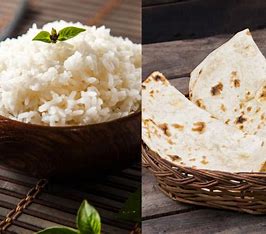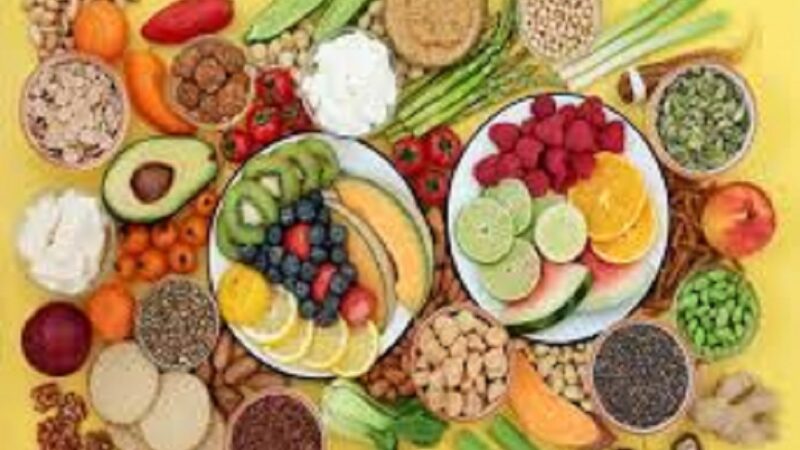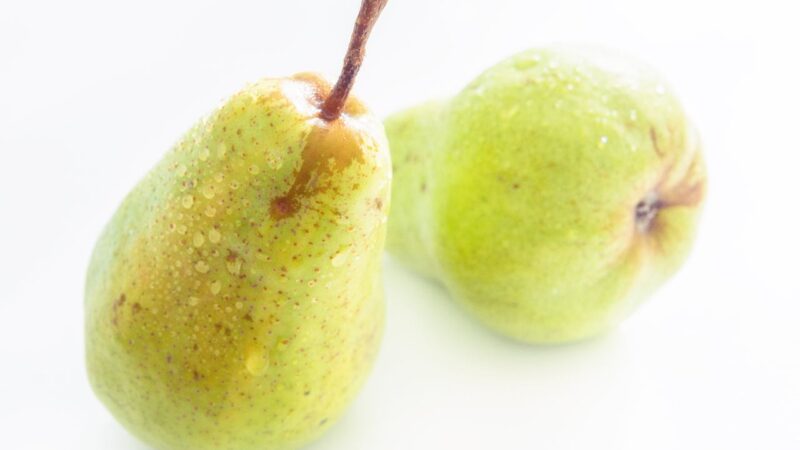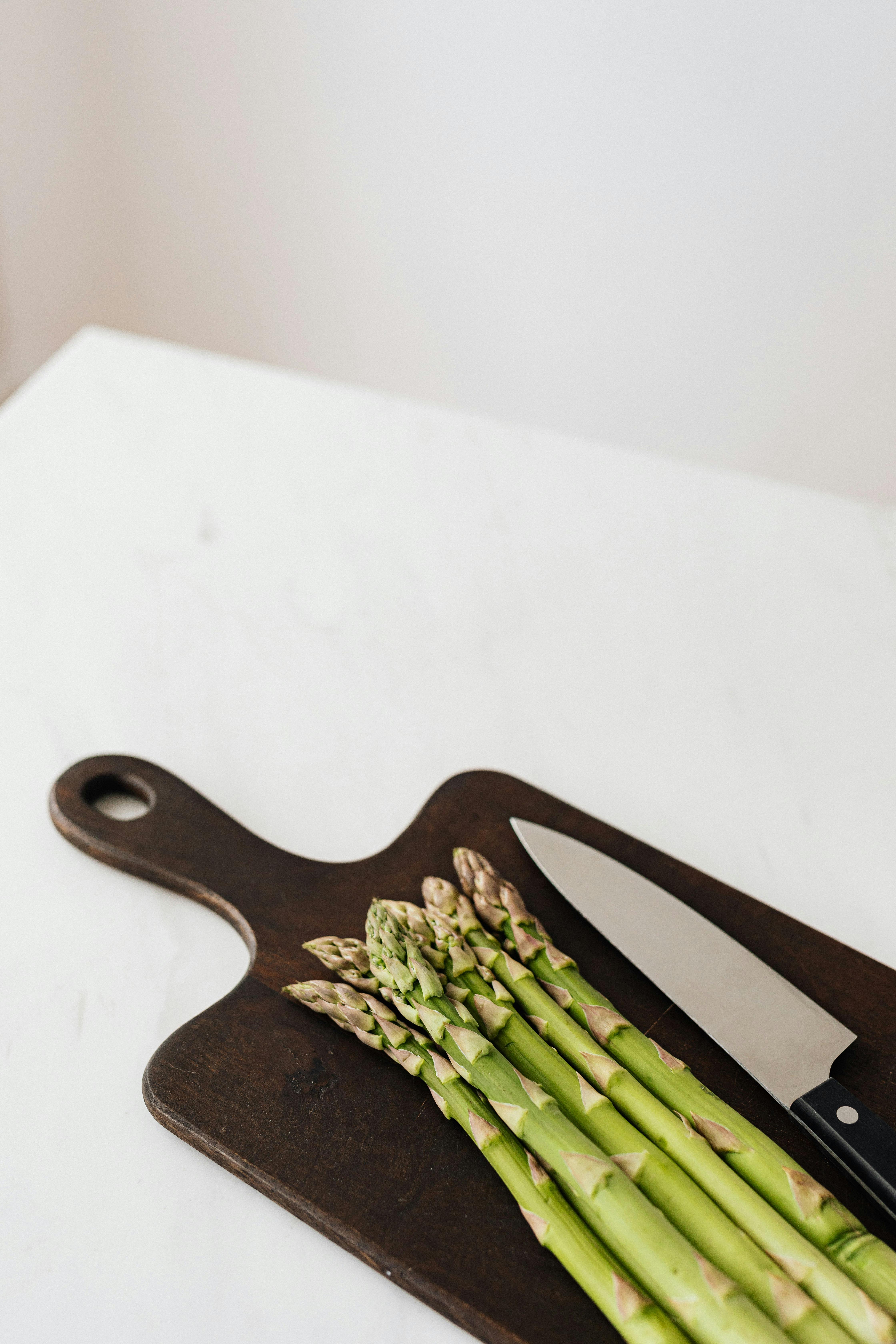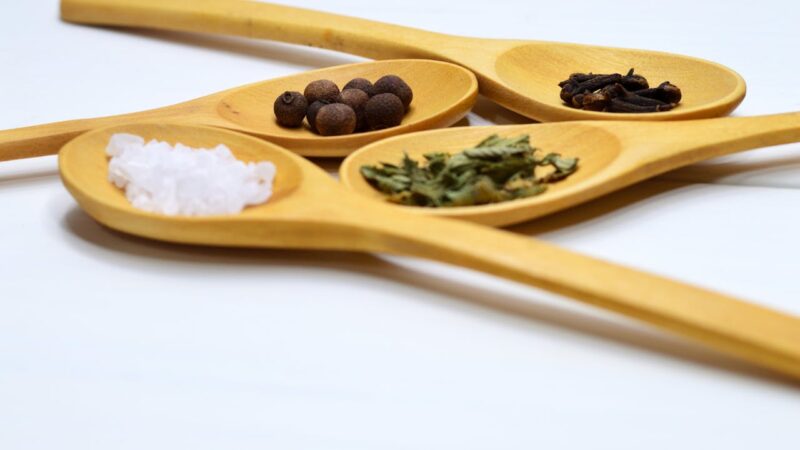Embracing Navratri Fasting Foods as Symbols of Cultural Richness
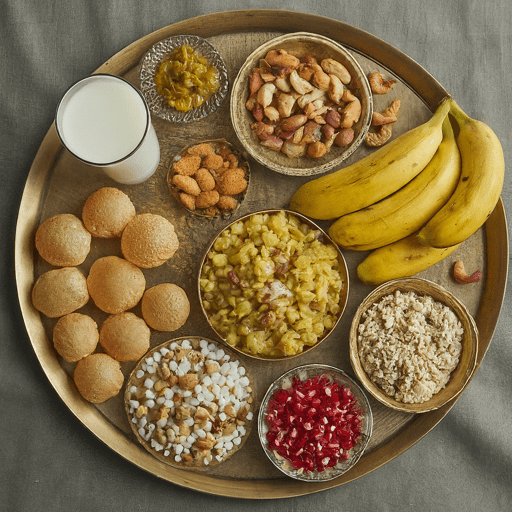
Navratri, a vibrant Hindu festival celebrated across India, is not just about worshipping goddesses but also about embracing cultural traditions, including fasting rituals. One of the highlights of Navratri is the diverse array of fasting foods enjoyed during this auspicious time. Among these, “Kuttu ki puri” and “Singhare ke atte ki puri” stand out as iconic dishes that symbolize the festive spirit and culinary richness of Navratri.
What is Navratri
Navratri, meaning “nine nights,” is a nine-day festival celebrated to honor the goddess Durga and her various incarnations. It symbolizes the triumph of good over evil and is marked by fervent prayers, colorful decorations, and traditional rituals. Fasting during Navratri is a common practice observed by millions of Hindus worldwide as a form of penance and devotion to the divine.
Significance of Fasting Foods
Fasting during Navratri involves abstaining from certain foods such as grains, lentils, onions, garlic, and non-vegetarian items. However, fasting does not mean depriving oneself of delicious meals. Instead, it encourages the consumption of special ingredients that are considered pure and suitable for fasting. These ingredients include buckwheat flour (kuttu atta), water chestnut flour (singhare ka atta), potatoes, fruits, and dairy products.
Kuttu ki Puri
Kuttu ki puri, made from buckwheat flour, is a popular fasting food enjoyed during Navratri. This crispy, golden-brown flatbread is prepared by kneading buckwheat flour with water and salt to form a smooth dough. The dough is then rolled into small balls, flattened, and deep-fried until puffed and golden. Kuttu ki puri is best served hot with creamy yogurt or tangy chutney, adding a burst of flavor to the fasting feast.
Singhare ke Atte ki Puri
Singhare ke atte ki puri, crafted from water chestnut flour, is another beloved fasting delicacy savored during Navratri. Water chestnut flour, known for its cooling properties, is mixed with boiled potatoes, rock salt, and a hint of green chili to create a soft, pliable dough. The dough is then rolled out into thin discs and fried until crisp and golden. Singhare ke atte ki puri pairs perfectly with spicy potato curry or refreshing mint chutney, offering a delightful blend of textures and flavors.
Navratri Food Traditions Across India
While kuttu ki puri and singhare ke atte ki puri are popular fasting foods enjoyed throughout India during Navratri, different regions have their unique culinary traditions. In North India, dishes like sabudana khichdi (tapioca pearl stir-fry) and rajgira paratha (amaranth flour flatbread) are commonly relished during fasting periods. In Gujarat, fasting favorites include samak rice (barnyard millet) khichdi and vrat ke aloo (spiced potato curry). Similarly, in Maharashtra, fasting enthusiasts indulge in dishes like thalipeeth (multigrain pancake) and sabudana vada (tapioca fritters) during Navratri.
Health Benefits of Navratri Fasting Foods
Aside from their cultural significance, Navratri fasting foods offer numerous health benefits. Buckwheat flour is gluten-free and rich in fiber, protein, and essential nutrients like magnesium and iron. Water chestnut flour is low in calories and high in antioxidants, making it an excellent choice for those looking to maintain a healthy diet during fasting periods. Additionally, ingredients like potatoes provide energy and satiety, while fruits and dairy products contribute essential vitamins and minerals to the diet.
Also Read: Ramadan Fasting 2024: What to Eat During Suhoor/Suhoor
Verdict
Navratri is not only a time for spiritual reflection and devotion but also a celebration of culinary diversity and tradition. Through fasting foods like kuttu ki puri and singhare ke atte ki puri, Hindus across India honor their cultural heritage while nourishing their bodies with wholesome ingredients. These delectable dishes serve as a reminder of the rich tapestry of flavors and traditions that make Navratri a truly special and cherished festival. As devotees gather to worship and feast during this auspicious time, the aroma of spices and the sizzle of frying puris fill the air, embodying the festive spirit and culinary delights of Navratri.
Q: What is the significance of fasting during Navratri?
A: Fasting during Navratri is considered a form of spiritual purification and devotion to the goddess Durga. It is believed to cleanse the body and mind, promote self-discipline, and invoke blessings from the divine.
Q: Can you eat grains during Navratri fasting?
A: No, grains such as wheat, rice, and lentils are typically avoided during Navratri fasting. Instead, special ingredients like buckwheat flour, water chestnut flour, and certain fruits and vegetables are consumed.
Q: What are some common fasting foods eaten during Navratri?
A: Popular fasting foods during Navratri include kuttu ki puri (buckwheat flour flatbread), singhare ke atte ki puri (water chestnut flour flatbread), sabudana khichdi (tapioca pearl stir-fry), vrat ke aloo (spiced potato curry), and fruits like bananas and apples.
Q: Are there any health benefits to Navratri fasting foods?
A: Yes, many Navratri fasting foods offer health benefits. For example, buckwheat flour is gluten-free and rich in fiber and nutrients, while water chestnut flour is low in calories and high in antioxidants. Additionally, fasting foods often include ingredients like potatoes, fruits, and dairy products, which provide essential vitamins and minerals.
Also Read: Navratri 2024: Celebrating Festival in April
Q: How long do people fast during Navratri?
A: Navratri fasting typically lasts for nine days, corresponding to the nine nights of the festival. Some people may choose to fast for the entire duration, while others may fast on specific days or follow modified fasting practices.


